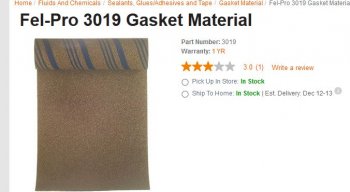SS369
Well-Known Member
Hello all.
I have a 9 inch disc sander, variable speed and I am looking for some reasons and answers to flattening scale material, etc. on it.
I seems that I always have a non-flat outcome using it, in that the front and rear of the material always has more taken off it. Not flat.
I've tried many different positions and methods of hold it, flipping if this way and that and different parts of the disc surface, light pressure and heavy, to have the same outcome. I know some hand sanding, figure 8 style will eventually get it right, but, I have read and read that it is the correct tool to get things flat.
Anyone have some suggestions?
Thanks, Scott
I have a 9 inch disc sander, variable speed and I am looking for some reasons and answers to flattening scale material, etc. on it.
I seems that I always have a non-flat outcome using it, in that the front and rear of the material always has more taken off it. Not flat.
I've tried many different positions and methods of hold it, flipping if this way and that and different parts of the disc surface, light pressure and heavy, to have the same outcome. I know some hand sanding, figure 8 style will eventually get it right, but, I have read and read that it is the correct tool to get things flat.
Anyone have some suggestions?
Thanks, Scott

